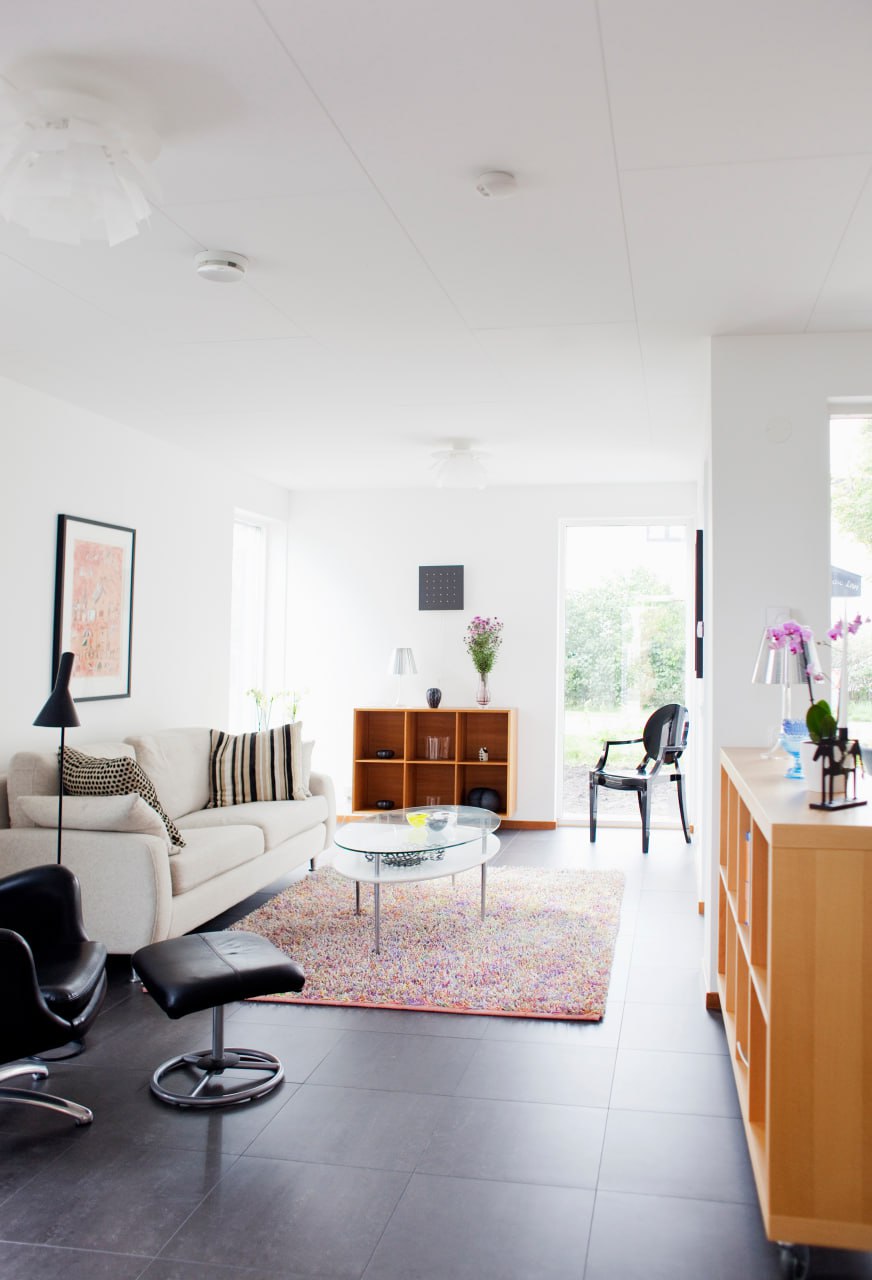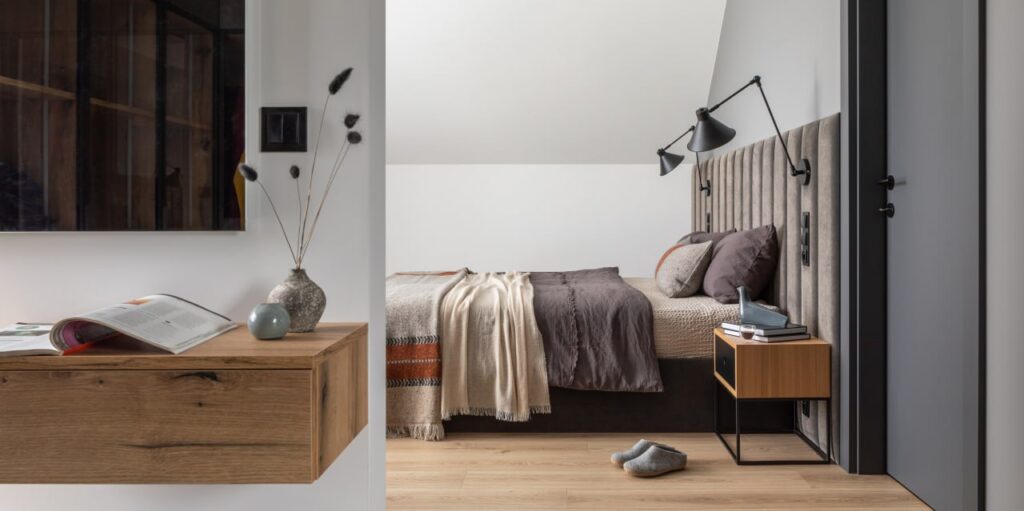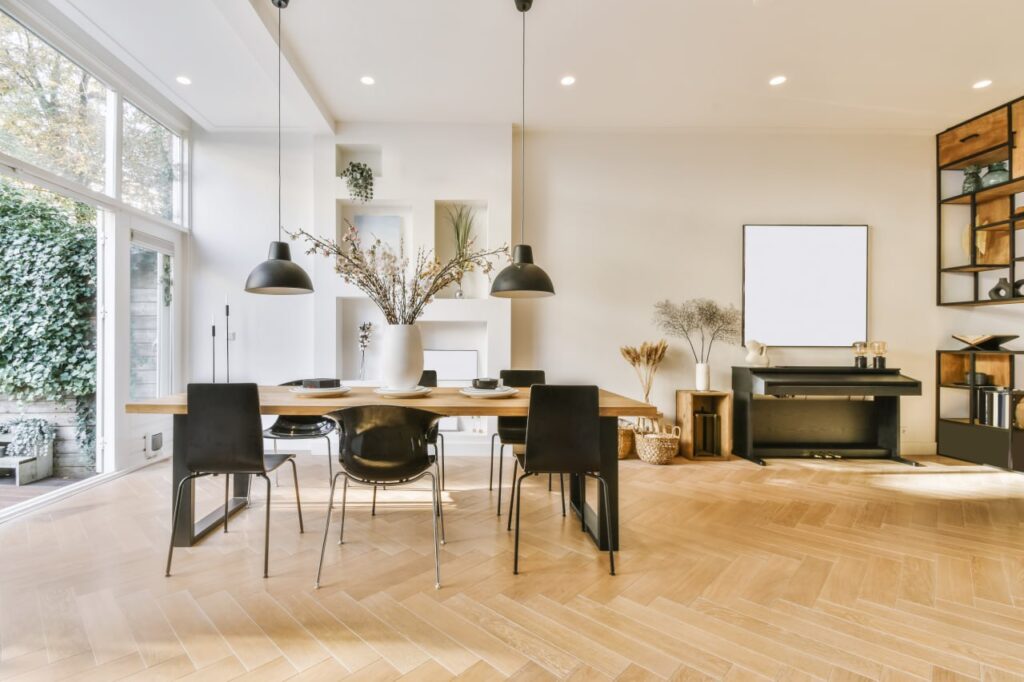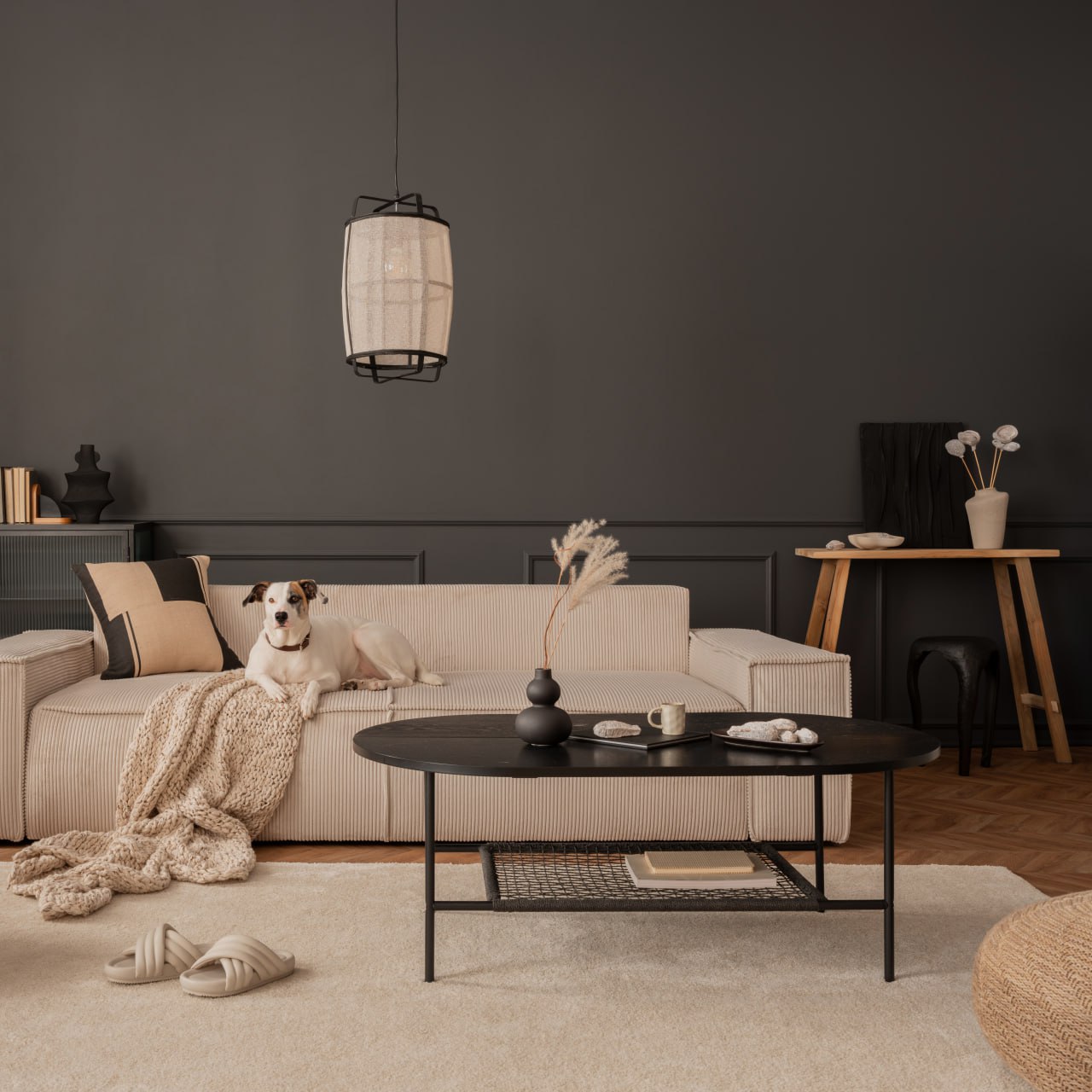In today’s fast-paced world, the allure of minimalist interior design lies in its promise of tranquility and order. But while it promises elegance, simplicity, and serenity, the misconception remains that achieving this aesthetic requires a hefty budget. The truth? With the right approach, you can create a minimalist yet warm and welcoming space without breaking the bank. Let’s explore expert insights, actionable tips, and the challenges of merging minimalism with affordability
What Is Minimalism in Interior Design?
Minimalism isn’t about having an empty space; it’s about curating an environment that is intentional, functional, and free of excess. Architect Ludwig Mies van der Rohe, a pioneer of modernist design, famously said, “Less is more.” The goal is to strip away the unnecessary and focus on quality, space, and light.
However, a budget-conscious minimalist approach requires balancing cost-effectiveness with aesthetic appeal. As renowned interior designer Bobby Berk puts it, “Minimalism should feel curated and purposeful, not cold or uninviting.”



How to Achieve Minimalist Design on a Budget
1. Invest in Quality, Not Quantity
Minimalism thrives on fewer but better pieces. Instead of filling your space with cheap, trendy furniture that wears out quickly, invest in timeless, well-crafted items. Look for second-hand, upcycled, or refurbished furniture from online marketplaces or thrift stores.
2. Stick to a Neutral Color Palette
A minimalist home often revolves around a neutral color scheme—whites, beiges, grays, and soft earth tones. Painting your walls in a light shade instantly makes your space feel larger and more serene. To add dimension, layer in textured elements like linen curtains, woven rugs, or wooden decor.
3. Multi-Functional Furniture: The Budget-Smart Choice
Minimalist spaces demand functional and flexible furniture. Consider:
- Storage beds or platform beds with built-in drawers.
- Nesting tables instead of bulky coffee tables.
- Foldable dining tables or wall-mounted desks.
- Ottoman chairs with hidden storage.
By opting for multi-purpose pieces, you maximize utility while keeping costs down.
4. Declutter: The No-Cost Transformation
Decluttering is the cornerstone of minimalism and it costs nothing. Architect John Pawson suggests viewing objects through a lens of necessity: “If it isn’t functional or beautiful, it doesn’t belong.” Begin by sorting items into categories: keep, donate, repurpose, or discard.
Decluttering also extends to digital minimalism, where removing excess technology or concealing wires and gadgets enhances visual tranquility.
5. Maximize Natural Light & Mirrors
Lighting is a crucial element in minimalist design. Instead of spending on expensive fixtures, take advantage of natural light by keeping windows unobstructed. Add strategically placed mirrors to reflect light and make your space appear larger—one of the most budget-friendly optical illusions.
6. Affordable Ways to Add Warmth
One common criticism of minimalism is that it can feel “cold” or impersonal. The key to making it inviting? Texture, greenery, and personal elements.
- Soft Textiles: Use wool blankets, linen cushions, or woven rugs to add coziness.
- Indoor Plants: Greenery adds vibrancy and improves air quality—low-maintenance options include snake plants and pothos.
- Wood & Natural Materials: Wood, rattan, and ceramic accents introduce warmth and contrast against neutral tones.
- Layered Lighting: Combine ambient, task, and accent lighting for a soft, layered effect.
As interior designer Nate Berkus advises, “Your home should tell the story of who you are, and be a collection of what you love.” Minimalism doesn’t mean sterile—it means thoughtful simplicity.
Challenges of Budget-Friendly Minimalism
While achieving minimalist design on a budget is possible, it comes with its own set of challenges:
1. Avoiding the “Empty Room” Syndrome
Many people confuse minimalism with having bare, lifeless spaces. The solution? Focus on balance—incorporate key statement pieces, introduce texture, and maintain harmony between open spaces and functional elements.
2. Striking a Balance Between Affordability & Quality
Budget minimalism often risks cheap materials that wear out quickly. Instead of chasing the lowest price, aim for durability—invest in a few high-quality items that will last instead of constantly replacing disposable decor.
3. Resisting Trends & Impulse Buys
Fast furniture and trend cycles contradict minimalism’s core philosophy. Minimalism isn’t about the latest Pinterest aesthetic—it’s about intentional design that withstands time.
Minimalism for Everyone
Minimalist interior design isn’t a privilege reserved for those with limitless budgets—it’s an accessible, cost-effective approach to creating a peaceful and functional home. By focusing on intentional purchases, multi-functional furniture, and natural elements, you can achieve a warm, modern minimalist look without financial strain.
As Marie Kondo puts it, “Minimalism is not about having less. It’s about making room for more of what matters.” And in the end, that’s the true goal—a home that nurtures, calms, and inspires.

